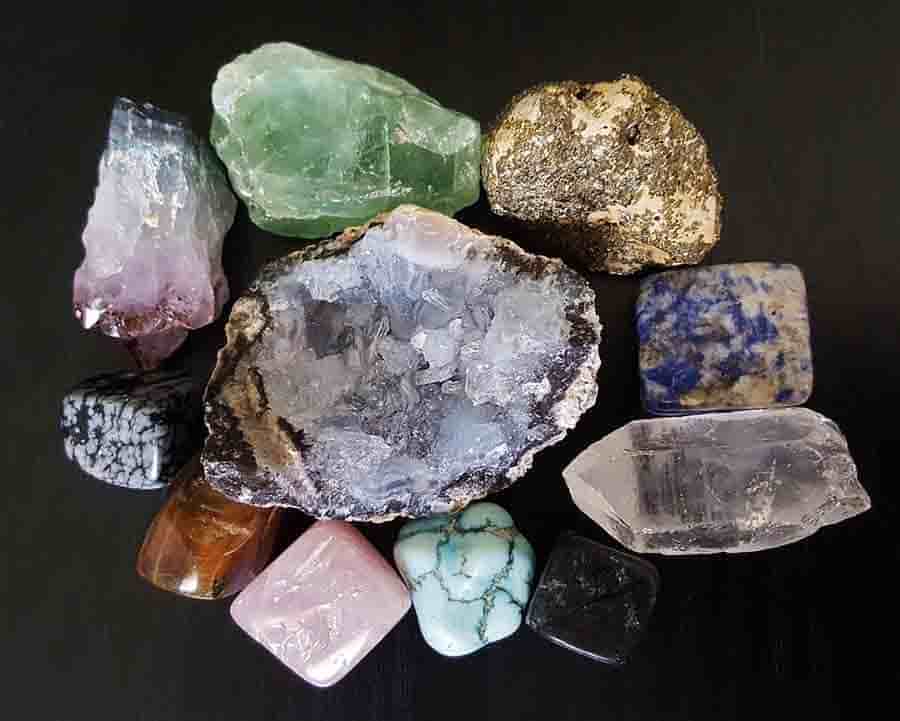
Rare earth materials, a group of elements that possess unique properties and play a crucial role in various industries, have become a hot topic in recent years. From electronics and renewable energy to healthcare and defense, these materials have revolutionized technology and opened up new possibilities. In this blog post, we will delve into the fascinating world of rare earth materials, exploring their significance, applications, and the challenges associated with their extraction and usage.
- Understanding Rare Earth Materials:
Rare earth materials, also known as rare earth elements (REEs), are a group of seventeen chemically similar elements. These elements include lanthanum, cerium, praseodymium, neodymium, promethium, samarium, europium, gadolinium, terbium, dysprosium, holmium, erbium, thulium, ytterbium, lutetium, scandium, and yttrium. Despite their name, rare earth materials are not actually rare in terms of abundance in the Earth's crust. However, they are often found in low concentrations and are challenging to extract and refine. - Key Properties and Applications:
Rare earth materials possess unique properties that make them indispensable in various industries. For instance, neodymium is known for its exceptional magnetic properties, making it a vital component in the production of high-performance magnets used in electric vehicles, wind turbines, and computer hard drives. Lanthanum and cerium find applications in catalytic converters, which help reduce harmful emissions from vehicles. Yttrium is used in superconductors, lasers, and phosphors for lighting and display technologies. These are just a few examples of the diverse applications of rare earth materials across different sectors. - Environmental and Economic Implications:
The extraction and processing of rare earth materials come with environmental and economic challenges. Due to their complex geological formations, mining rare earth materials can have significant environmental impacts, including habitat destruction, water pollution, and radioactive waste generation. Moreover, the dominance of China in rare earth production has raised concerns about supply chain vulnerabilities and geopolitical implications. As a result, efforts are being made to diversify the sources of rare earth materials and develop more sustainable extraction and recycling methods. - Future Outlook and Innovations:
As technology continues to advance, the demand for rare earth materials is expected to grow exponentially. Researchers and industry experts are exploring alternative materials and technologies to reduce reliance on rare earth elements. For instance, scientists are investigating the use of organic compounds, nanomaterials, and other innovative solutions to replace or reduce the need for certain rare earth materials. Additionally, recycling and efficient extraction techniques are being developed to minimize waste and environmental impact.
Conclusion:
Rare earth materials are the hidden gems that power our modern world. From smartphones and electric vehicles to renewable energy systems and medical devices, these elements have become essential for technological advancements. However, their extraction and usage pose significant challenges that need to be addressed for a sustainable future. By understanding the significance of rare earth materials and promoting responsible practices, we can ensure their availability and minimize their environmental footprint.


